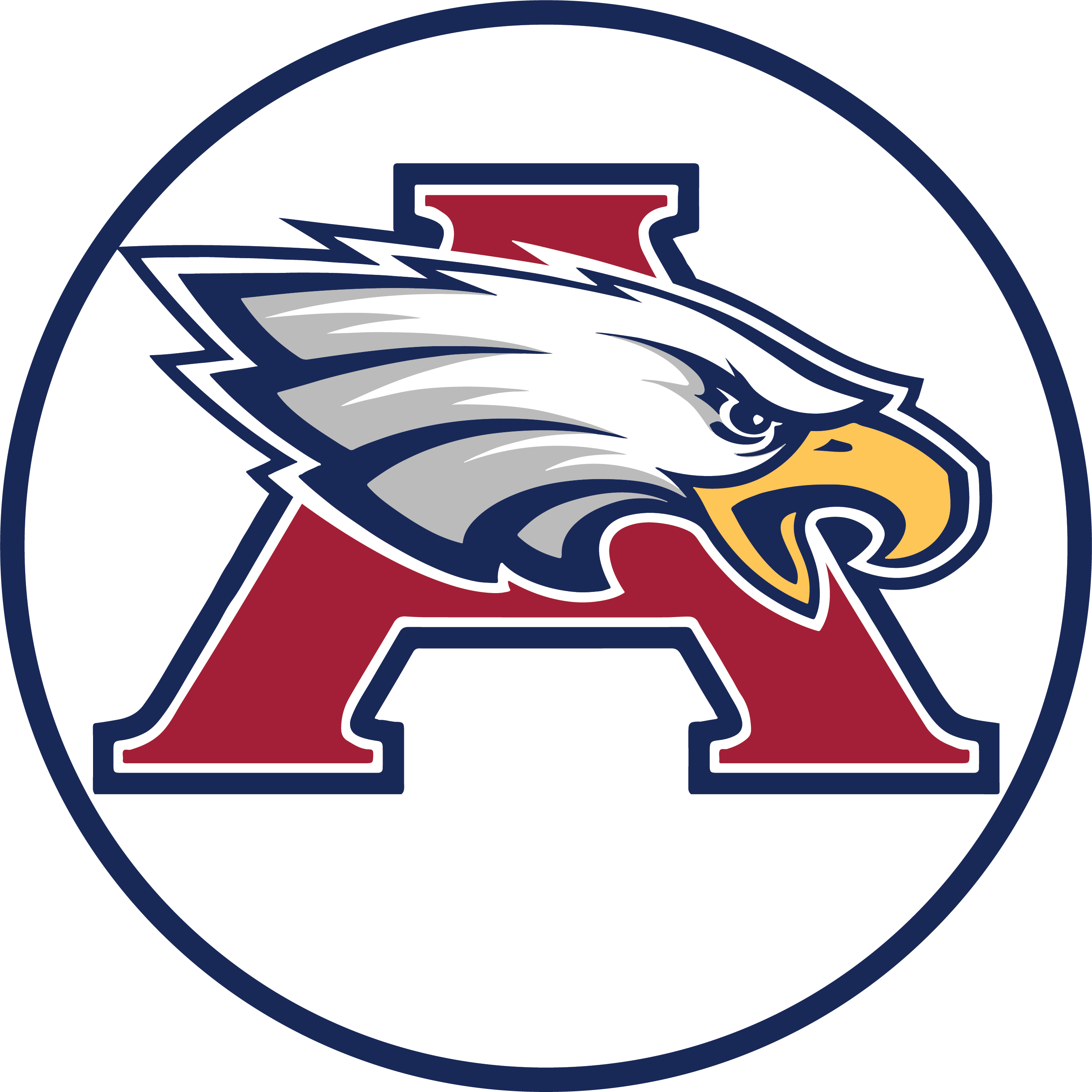AVID
Overview
Welcome to our Atascocita High School AVID
Here at AHS, AVID is a wonderful program that is helping our students get to college. Learn more about the district AVID Program.
AVID (Advancement Via Individual Determination) was developed by Mary Catherine Swanson at Clairemont High School in 1980 in response to San Diego Unified School District's court-ordered integration of the city's schools. The program began as an elective class taken during the regular school day. Mary Catherine held her students accountable to the highest standards and provided them with academic and social support. She believed they would rise to the challenge.
In 1992 AVID Center was established as a 501 (c) (3) nonprofit organization and the program has evolved into a fourth through twelfth-grade system that successfully prepares students in the academic middle for four-year college eligibility. Beginning with 1 high school and 32 students the AVID system is now 6,000 SCHOOLS AND NEARLY 2 MILLION STRONG!!!!
In Humble ISD AVID operates in some middle and high schools in the district under the direction of Email Christie Huseman. The AVID elective class is an opportunity for students to learn skills in organizational, note taking, speaking, writing, and inquiry. Students are tutored twice a week in a socratic style and led by college students who challenge them to achieve new levels of thinking. AVID students experience field trips to colleges, inspirational guest speakers, and the encouragement of their peers in the collective 'family' of the AVID classroom.
This is going to be a wonderful year and AVID is helping to foster bright futures our Humble ISD AVID students.
Why AVID??
AHS AVID Explained
Why AVID Works
AVID accelerates students into more rigorous courses.
AVID incorporates the intensive support students need to succeed in rigorous courses.
AVID uses Socratic methods and study groups that specifically target the needs of the student.
AVID is a school-wide initiative, not a school within a school. AVID works to influence the belief system and culture of the entire school.
The role of teacher is redefined from lecturer to advocate and guide. The role of counselor changes to facilitator.
All AVID strategies are based on research on tracking and peer influences in student achievement.
The AVID Elective Class
The elective class is the foundation of AVID. Students are enrolled in a college preparatory sequence and in an elective section of AVID where they receive the academic and motivational support to excel. During the AVID class, students are coached by college tutors and work in collaborative groups using a curriculum focused on writing and inquiry.
Other days are devoted to reading, writing, and math preparation and study skills for college entrance and placement exams. Students also receive college level mini-courses taught by college professors, motivational presentations by guest speakers, and field trips to colleges and businesses.
AVID Teaching Strategies (WICR)
Writing to learn. AVID emphasizes writing in all subjects, with a focus on clarifying and communicating their thoughts and understanding material.
Emphasis on inquiry. AVID is based on inquiry, not lecture. Many activities, from Cornell note-taking to tutorial groups, are built around asking questions, which forces students to clarify, analyze, and synthesize material.
A collaborative approach. The AVID classroom is not a traditional one in which a teacher lectures to passive students. An AVID teacher is a facilitator and an advocate. But students, not teachers or tutors, are responsible for their learning. Tutors function as discussion leaders, while students challenge, help, and learn from one another.
Critical reading. AVID students don't merely read words on a page. They are taught to analyze, question, critique, clarify, and comprehend the material.
Mathematics. In AVID, Math instruction has a strong writing and vocabulary/reading component. Mathematicians, like everyone else, write about their ideas, their discoveries, and their understanding of one another's work. Students who attain mastery of mathematics qualify for college entry, college success, and post-college academic and career opportunities.
Working together we will make a difference in the lives of your student.

